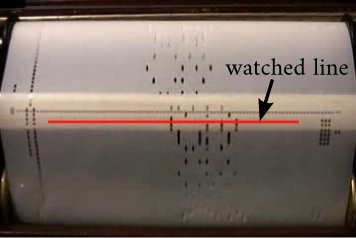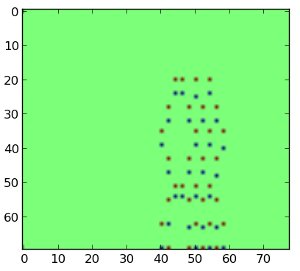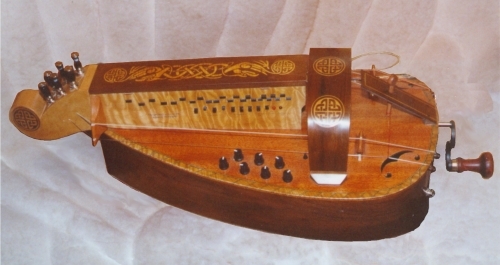The Name of a Music Instrument Design Company... How Powerful and Meaningful is it?
A new music instrument company's name has been a pursuit of mine.
Popular music companies on Wikipedia were the starting point.
Major categories they fit into:
1. Blends
The most interesting
category because they create distinctive names. Benefits of
distinctive names are stronger trademark protection and more likely
available domain names!
Blend examples:
Alesis - A Loose acronym for Algorithmic Electronic Systems adjusted to make spelling and pronunciation easier.
JoMoX - Jürgen Michaelis X-Tended.
Die Sternchen zwischen den Buchstaben sahen aus wie "o"s, und fortan hieß es JoMoX.
My translation: It started with the name Juergen Michaelis X-Tended.
"The little stars between the characters looked like letter 'o's, and that led to
it getting named JoMoX."
2. Technical
Names like "
Metasonix," "
Quasimidi," "
Sequential Circuits," etc. This is the second largest category of names of music instrument companies
3. Places
Examples: PAiA, Waldorf, Teisco. This is actually a small category.
4. Bland
These are names that seem to be arbitrary, dry permutations of words like "music," "electronics," etc. Some examples are: Electronic Music Laboratories, Electronic Music Studios, Generalmusic. These names are so generic, they can hardly even get trademarked!
5. Designer Names
This is
the largest category of digital music instrument company names. You know them:
Moog,
Kurzweil,
Dave Smith,
Buchla, etc.
* * Conclusion * *
The name of a music instrument company is important, especially in light of trademark law and all of the other requirements for brand names.... They should be easy to spell, have an available internet domain name, and not mean something embarrassing in a foreign language! (Chevy Nova is a famous example!)
Bonus
While researching, I discovered this interesting link, which gives the stories of a large number of music company names:
http://www.rane.com/pronames.html












